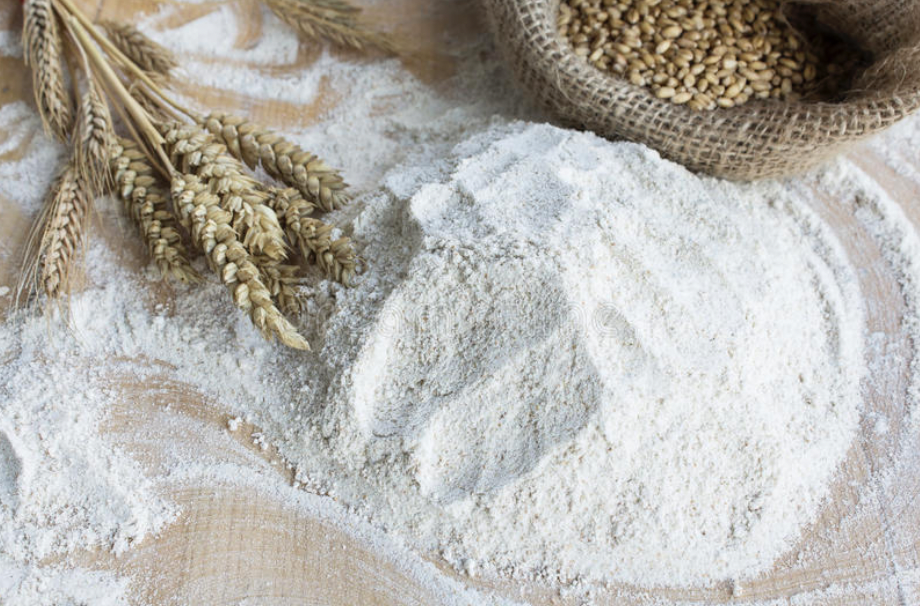
Ireland has a long history of baking and an equally long tradition of passing these skills on to the next generation. From mother to daughter, father to son, in-law to outlaw, tried, tested and dearly loved recipes have been passed down so that food memories can live as long as possible and connect one generation and one family to the next.
Even in our home, this has happened. My mother-in-law and sister-in-law gifted me with family recipes and I, in turn, have spent the last twenty years teaching them to my daughters.
From the time our eldest was able to sit at the table in her highchair, my husband and I hosted a weekly family dinner night with all the family who lived locally or were visiting from abroad. And, when both our girls were toddlers, they stood on kitchen chairs at the hob {stove} or counter and mixed and measured alongside me. Now, in their late teens and early twenties, our daughters are able to help prepare the family high-holiday meals, host their own dinner parties, feed themselves, or bake for fun or stress-relief as has been the case during Covid.
So, you’d think that with all the cooking and baking I’ve done, across the many years, I’d know a thing or two about flour. Sadly, not so. Growing up American in the 70’s and 80’s, there was really only All Purpose and Self-Raising Flour, and I thought they were interchangeable. In coming to Ireland, I learned about Strong Flour, Extra-Course Wholemeal, and Plain Cream Flour, but I mostly reached for the AP and SR on the supermarket shelves, with only the slight twinge of “one day I’m going to sit down and figure out which flour is actually the right flour to be buying”. Well, that day finally came this past week.
As you know, it was St. Patrick’s Day on Wednesday. In celebration of the day, I made Irish boiled bacon, potatoes and carrots, following my mother-in-law’s recipe, along with pan-grilled cabbage, uniquely my own recipe. For pudding {dessert}, I decided to make a Guinness Chocolate Cake recipe that I found in an Avoca Handweavers cookbook. With all the activity of the day, however, I got distracted and didn’t follow the directions exactly. In fact, I made a complete hames of it! I accidentally mixed the sugar with the eggs and vanilla, instead of adding it to the butter and chocolate on the hob. And, then, because I had cake flour to hand, I decided to use it instead of Plain Flour {All-Purpose Flour}. Well, you can just imagine, the cake was a total flop! When I pulled it from the oven, I thought the recipe was to blame, but then I copped myself and had to admit that I had done nearly everything wrong.
Standing there in the kitchen, I cut a tiny slice from the caked just to be sure it was as bad as I thought. It was. That is when my daughters learned a new kitchen skill…knowing when to toss something into the bin with humour. Yes, that’s a food memory worth passing on to the next generation too. There’s no point in crying over spilt milk and there’s no point in getting upset when a recipe goes awry.
So, lesson learned, not wishing to make that mistake again, and hoping to save my daughters from following suit, I finally decided to spend a bit of time this week researching flour. Now, I finally understand why not all flour is the same and am happy to share this knowledge with you and my daughters.
Enjoy your baking. Stay positive. And, all the best!
~ X♥K
Cake Flour: with a protein content of between 7-9%, this flour is milled to a fine consistency and is usually bleached. Because it is low in protein, and thus low in gluten, it makes for a soft, fluffy, tender cake with a fine crumb. Cake Flour is idea for vanilla and white cakes, Chiffon cake, and angel food cake. It is not a good choice for a heavier cake, like chocolate cake for example.
Cream Plain Flour/Plain Flour/All-Purpose Flour: with a protein content of between 8-12%, this is the flour to have in your kitchen if you only have room for one as it is the standard flour used for most cooking and baking. Cream Plain Flour, also known as All-Purpose Flour, typically has no raising agent {athough, Odlum’s has a low level of raising agent}. It is a good choice for making biscuits {cookies}, muffins, soda breads, cakes, pastry, pancakes, crumbles, fried foods, gravy, soups, and sauces.
Self-Raising Flour: with a protein content around 8.5%, Self-Raising Flour has a rising agent and, usually, a little salt mixed in. It is usually required in a recipe that does not need any additional raising agents. Self-Raising flour is ideal for sponge cakes, scones, muffins, pancakes, some types of biscuits {cookies} and tea breads.
Strong Flour/Bread Flour: with a protein content of 11-14%, this flour is milled from hard wheats, is higher in gluten, and is normally used in recipes that call for yeast. The gluten in this flour gives bread dough its elasticity and chewy characteristic. Kneading Strong Flour, also known as Bread Flour, develops the gluten strands, traps air and produces the holes one typically sees in bread. It is a good flour for making bread in a bread machine and is good for making pizza dough, rich fruit cakes and some pastry.
Wholemeal Flour: with a protein content around 14%, this flour is made using the wheat berry {the bran, germ and endosperm}, with nothing added and nothing left out. It is high in fibre and has a slightly nutty flavour. Wholemeal Flour is also known as Brown Flour and is traditionally used in making Irish Soda Bread/Irish Brown Bread.
Wheatmeal Flour: with a protein content of around 14%, this flour is a mixture of white flour and wheat bran. As it is less coarse than Wholemeal Flour, it has the advantage of giving baked items greater volume. It’s a good choice for making Irish Soda Breads.
Additional Notes, Related Articles & Credit:
*Know Your Flours at Odlums.ie, TheFreshLoaf.com, Kingarthurbaking.com, and BonAppetit.com
**The Easiest Way to Make Cake Flour Substitute at thekitchn.com
***Types of Flour at Fabflour.co.uk and Dovesfarm.co.uk and Easyfood.co.uk
***Types of Flour at Fabflour.co.uk and Dovesfarm.co.uk and Easyfood.co.uk

